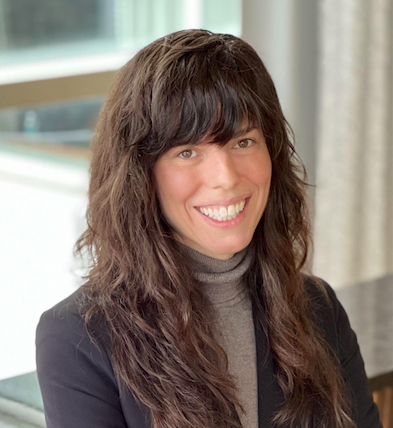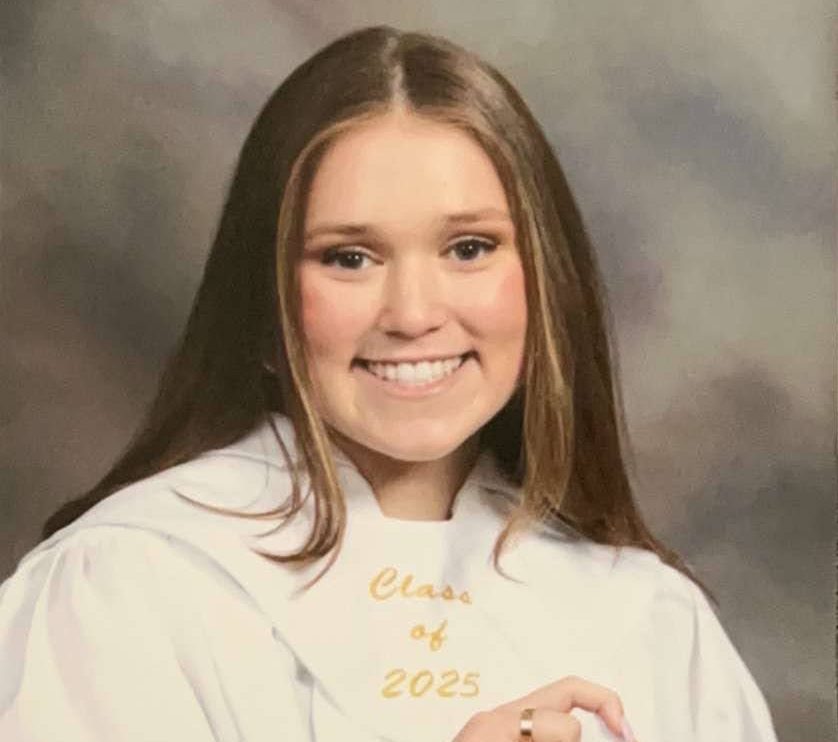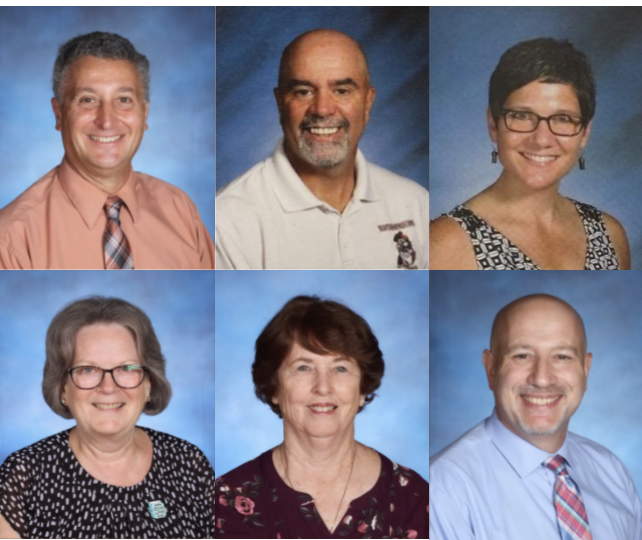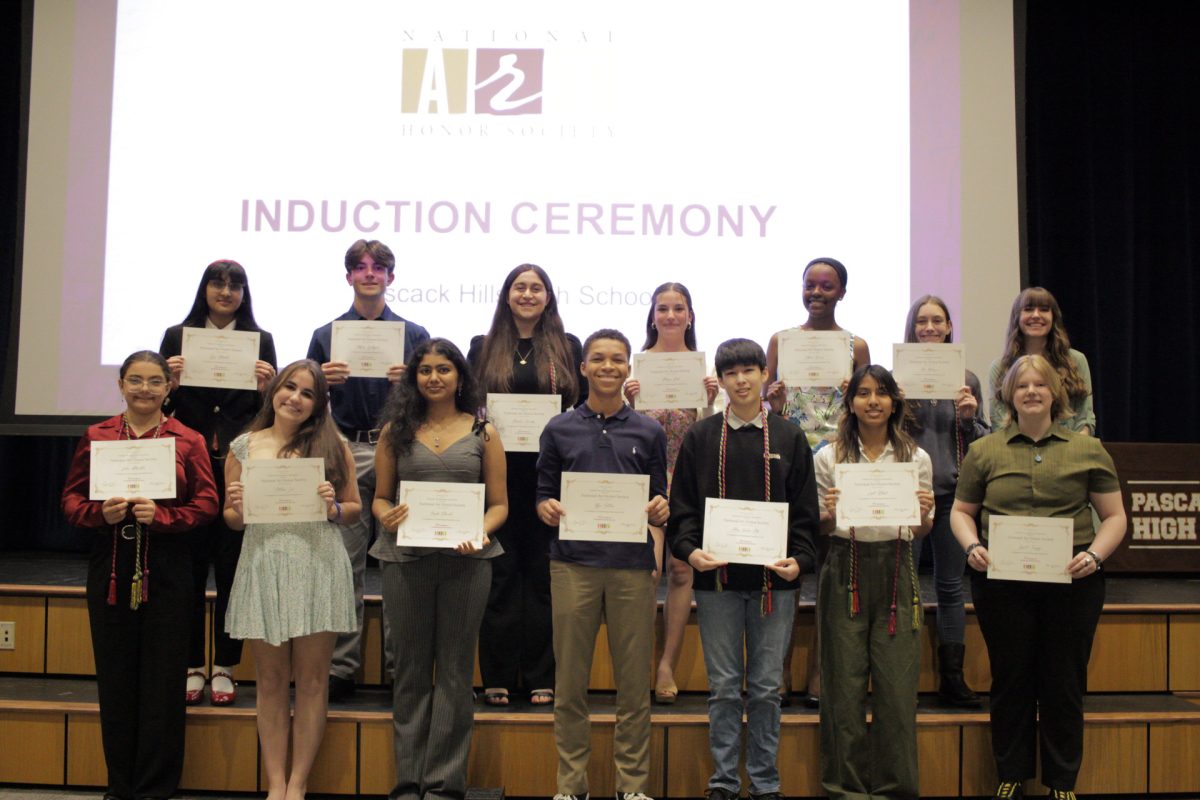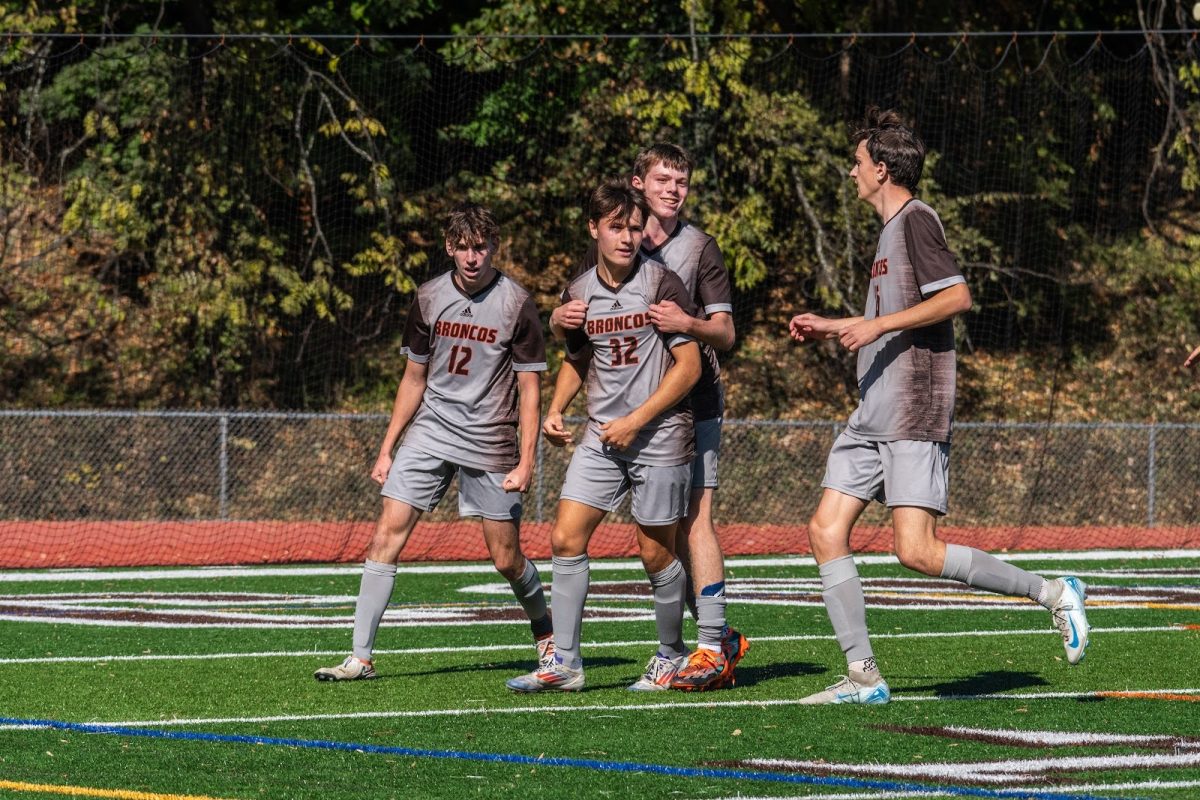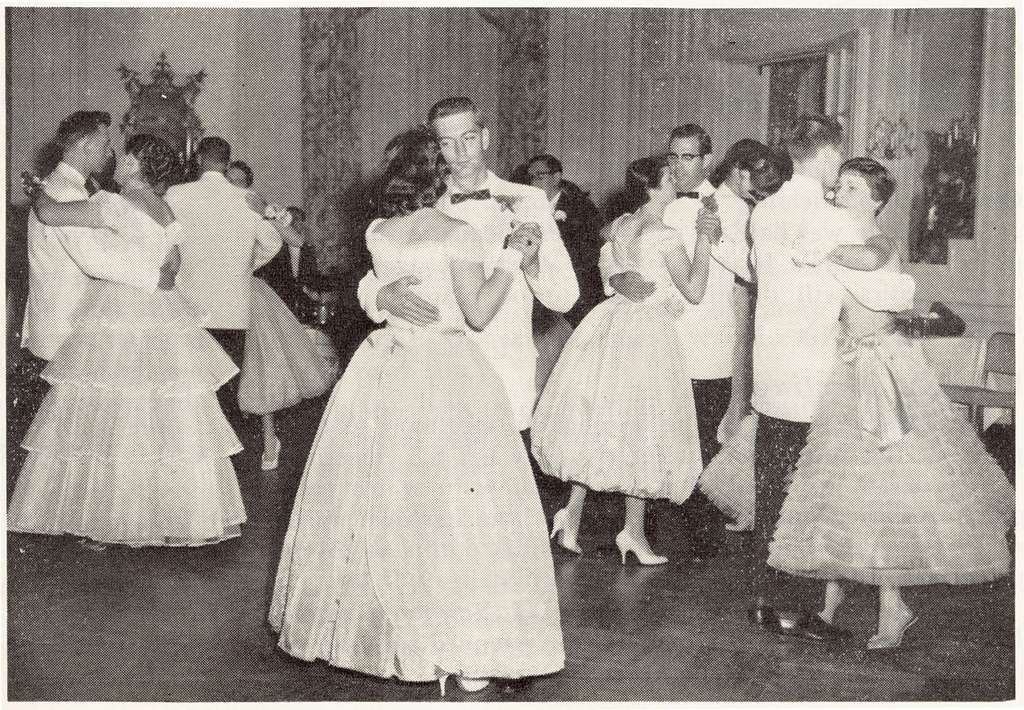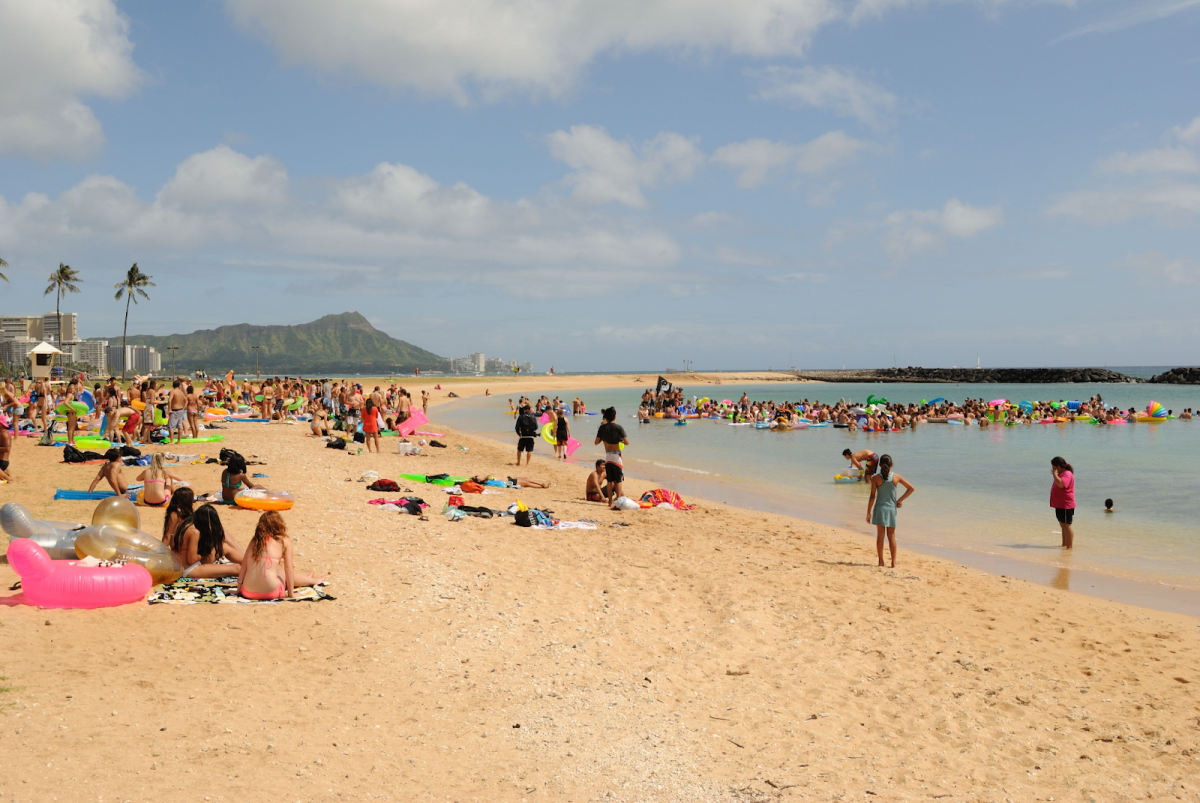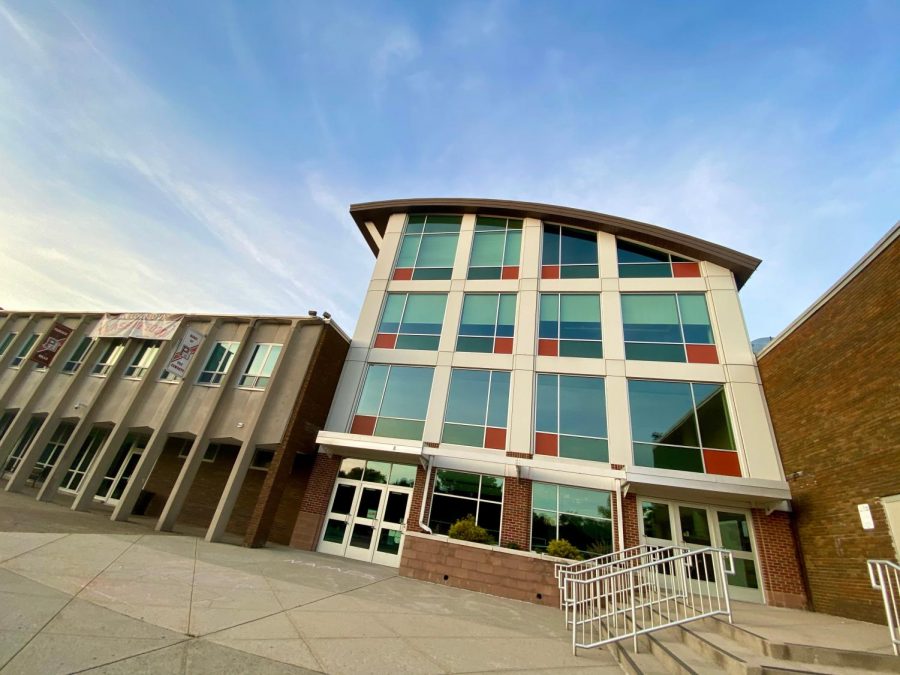‘No 100% guarantees’: Board approves plan to reopen schools
Students and teachers who choose to will attend school in-person for the first time since March under a rotating hybrid schedule.
Due to the Covid-19 pandemic, Pascack Hills and every school in New Jersey were closed from March 13 through the end of the 2019-20 school year.
[This story is developing and will continue to be updated.]
The Pascack Valley Regional High School District Board of Education voted to approve the district’s reopening plan Monday night, where students and teachers who choose to will attend school in-person for the first time since March under a rotating hybrid schedule. Parents are able to indicate whether their children will physically attend school or receive entirely virtual instruction by completing a form on Genesis available until Wednesday.
Seven Board members voted in favor and two members abstained.
The reopening plan, a 77-page document, outlines how the district will establish safe and healthy conditions for learning and meet the guidelines set by the New Jersey Department of Education.
Superintendent Erik Gundersen, Assistant Superintendent Barry Bachenheimer, and leaders of the reopening committee outlined the plan they sent to the state before the Board voted to approve it.
‘We are encouraging our families to work with us as a team’
Gundersen described the plan as imperfect, and said the district won’t be able to monitor “the proximity of every single student” in places outside of the school building. However, Gundersen clarified that the district will take action when it sees “students don’t have a mask on correctly” or social distancing unobserved. Masks covering the mouth and nose are required to be worn by students and faculty while in the school building.
Board member James Stankus echoed Gundersen’s sentiment, asserting that “this plan is what it is for the time’s that we’re in.”
“It’s an up and down situation, guidelines keep changing, the science keeps developing,” Stankus said. “There are no 100% guarantees for any of this… I’m not saying the virus is going to go away tomorrow.”
Stankus, a Valley parent, then directed his comments to parents, who are expected to indicate their preference for their child by Wednesday.
“Look at all the science out there,” Stankus said. “We’re making this the best possible environment for the children now, but ultimately it comes down to us as parents looking at the data and making the best decision for our families.”
Bachhenheimer focused on how the hybrid plan would tackle meeting curricular standards for students, saying that “we will not be able to cover curriculum with the usual depth we are able to” during a normal school year. He explained the district’s initiative called “curriculum compacting,” where teachers will work to make sure all standards are met in each class.
However, Bachenheimer emphasized that in-person classes will not be conducted “as a livestream” for those learning virtually. While students who choose to receive entirely virtual instruction will receive more synchronous interaction with their teacher, students under the hybrid schedule will be given assignments “the day prior” to complete on virtual days with a “schedule they need to follow.”
This is different from the virtual plan in the spring, where a schedule was not enforced and there was more flexibility in when students completed their assignments at home. While students in different cohorts won’t see each other virtually or in-person during the morning, the district has indicated they will meet together in virtual classes during the afternoon.
In a flash-poll on the Trailblazer’s Instagram page conducted yesterday and today, 84% of responses indicated they were attending school under the hybrid plan, while 16% said they had chosen to begin school entirely virtually. The poll received over 140 responses.
“You can opt-in to [entirely remote instruction] at any time,” but reentering “face-to-face” will only be allowed on the first Monday of each month and requires parents to notify Guidance at least one week prior to that date, Bachenheimer explained. While he said this is more liberal than other districts, the administration has also faced questions about policies for students who experience Covid-19 symptoms.
According to Gundersen, once someone comes down with symptoms of Covid-19 or is feeling unwell, the district will decide the extent of the number of students who will have to quarantine, if any. The district will maintain confidentiality through HIPAA and other regulations.
However, to avoid students going “back-and-forth and back-and-forth,” which Bachenheimer says is logistically difficult, students who are taken out of in-person class with Covid-19 symptoms will have to wait until the first Monday of the following month to return to school in-person. Those out for any other reason besides Covid-19 will be treated the same as those with a regular illness, like the common cold. Gundersen indicated there would be more information sent out to parents to clarify how this will work.
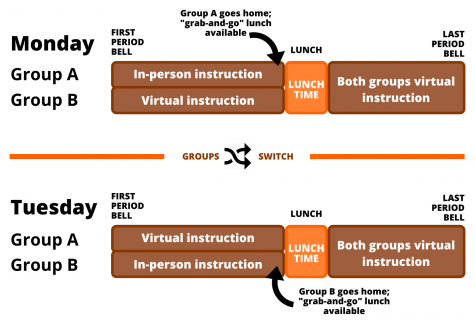
Bachenheimer and Gundersen later turned over the discussion to Diane Fallon and Rose Welyczko, the school nurses at Valley and Hills, respectively. As members of the reopening committee, Fallon and Welyczko are in charge of making sure the school meets health guidelines set by the state. “These guidelines are continually fluid, they’re changing, and we’re adapting as we go along.”
“We are encouraging our families to work with us as a team,” Welyczko said, emphasizing the mask and social distancing requirements. “We’re going to need parents to help us to make sure they assess their children” and “monitor their symptoms.” Students whose parents do not complete a daily health survey before school will not be permitted entry. If a student falls ill during the school day, a parent or guardian will have to pick them up.
“There’s no 100% guarantee that students won’t contract [Covid-19]” while in the building, Superintendent Erik Gundersen said at the meeting, and “the same holds true for athletics.” He said social distancing is defeated when student-athletes carpool. “What happens out of school is very difficult to monitor.”
For athletics, voluntary summer sessions are scheduled to begin tomorrow, August 18, after the Board approved modified coaching contracts at Monday’s meeting. The contracts give coaches the ability to work in-person for two weeks before school starts; however, there is no expectation that coaches participate during the summer.
Specific coaches have let their players know for social distanced conditioning, Gundersen said, explaining that “there will be temperature checks and protocols in place.”
When school starts, athletic training will pause until September 14.
District sends out email to parents citing need for substitute teachers
One Hillsdale resident asked about an email citing the district’s need for “permanent substitute” teachers. Gundersen explained that there is a smaller pool of substitutes because they tend to be at-risk individuals.
Substitutes hired by the district will act as classroom monitors, and parents will be notified if one of their student’s teachers is instructing only from home. Gundersen said there will be at most, but unlikely two all-virtual teachers for one student.
When asked for an exact percentage of teachers instructing entirely from home, Gundersen did not provide one but estimated that the “vast, vast majority of teachers will be in the classroom.”
Still, teachers have concerns about returning, explained Deborah Horn, president of the Pascack Valley Regional Education Association and member of the reopening committee.
Horn began by praising the reopening plan, saying that “the task given to the district by the state was tremendous,” More than 100 questions and requirements from the state had to be met, she said.
“Speaking for the faculty, we need to know we are safe. We need to know how our rooms are being cleaned, how often and by whom. We need to know in detail our classrooms will have enough ventilation,” Horn, who teaches history at Hills, continued.
According to Robert Donahue, Director of Facilities, the schools have changed filters in the ventilation systems and will continue to do so on a more stringent schedule than required by the manufacturers.
The district has also developed an enhanced cleaning schedule on top of the existing one. Although the district is hiring more custodians, Donahue said “we don’t have to manpower to clean the classrooms [during the school day].”
Hand sanitizer and wipes will be available to anyone in the classroom, and students will be able to wipe down their chairs and desks before using them.
“In just over two weeks, we will welcome students back in our classrooms. We are cautiously optimistic that we will be ready to open. We are eager to see our students but are also anxious about coming back,” Horn explained. Gundersen said that most of Horn’s comments had been addressed by the plan and that he was committed to working with teachers.
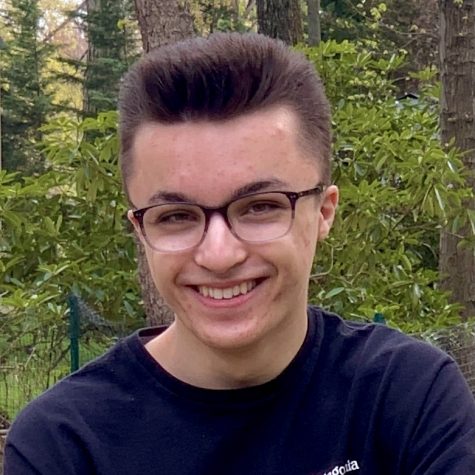
Jared Mitovich joined the Trailblazer his freshman year as a staff writer. He has helped manage the Trailblazer's social media since his sophomore year, and in his junior year he edited the Opinion section. Now in his final year of high school, Mitovich is looking forward to working with Mackenzie Blowers as Editor-in-Chief along with the entire Trailblazer staff. You can follow him on Twitter at @jmitovich!
Fun fact: Mitovich once met a presidential candidate.



